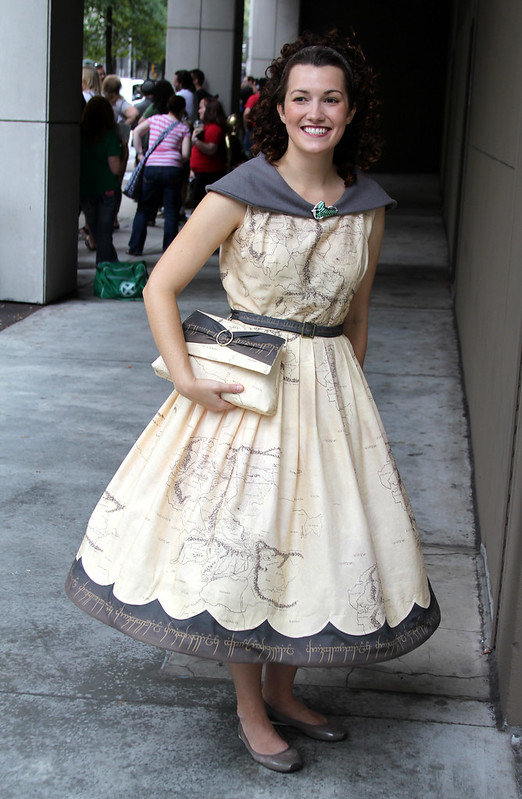 Things I love: Jane Austen. Pride and Prejudice. Colin Firth.
Things I love: Jane Austen. Pride and Prejudice. Colin Firth.
Absent on that list? Mr. Darcy.
That’s right–I do not swoon at the alter of Darcy. That’s not to say I dislike Darcy or think he’s annoying. I think it’s a fantastic and fascinating character; I think he and Elizabeth are perfect for each other; I love his emotional journey in the novel. But I don’t think he’s a perfect guy.
At More Intelligent Life, Allison Pearson shares her thoughts on what makes Darcy possibly one of the most attractive characters in literature. Oddly enough, this got me thinking about what makes Darcy an unattractive character. So often he’s shorthand for a swoony guy–the kind of broody, super rich guy who will save your family from ruin and mention how accomplished ladies are into reading. (Point there, sir.) Why wouldn’t I swoon over a guy like that?
Because he’s not just swoony–and I love that about him. Pride and Prejudice isn’t a silly romantic comedy. It’s about two very specific people dealing with major social issues and clashing over their respective faults. He can be snobby and withdrawn, and he puts his foot in his mouth way too often. He even convinces his best friend to break up with the nicest girl ever because he doesn’t think she’s that into him. Darcy certainly grows throughout the novel and addresses these behaviors, but those are pretty big flaws. And this makes him a compelling character, but not necessarily the kind of guy I was dreaming about in high school.
I like that Darcy’s not swoony. He’s complex and human–just like Elizabeth Bennet. Their relationship is so much about how we make mistakes and judge others inappropriately. They need to get out of their own ways before they can really connect. A lot of people look down on Austen’s work as trivial and “girly,” but her stories are about the connections we try (and fail) to make. They’re not swoony romances–they’re about real, flawed people. When those people can learn from their mistakes and be open and honest, there’s the possibility of deep human connection.
Darcy and Elizabeth are right for each other. I think they end up having a lot of fun together and eventually bring out the best in each other. But I’m pretty sure that Darcy and I wouldn’t have that same chemistry. Pride and Prejudice is about a really compelling relationship between two individual people, not a couple of romance cyphers. And that’s what makes the romance compelling.
Don’t get me wrong–Colin Firth can wear old timey clothes and jump in a lake whenever he wants. But I like the man behind the wet shirt–I just don’t need to swoon over him.
Of course, a poll on Masterpiece’s website seems to suggest I’m alone in this.





